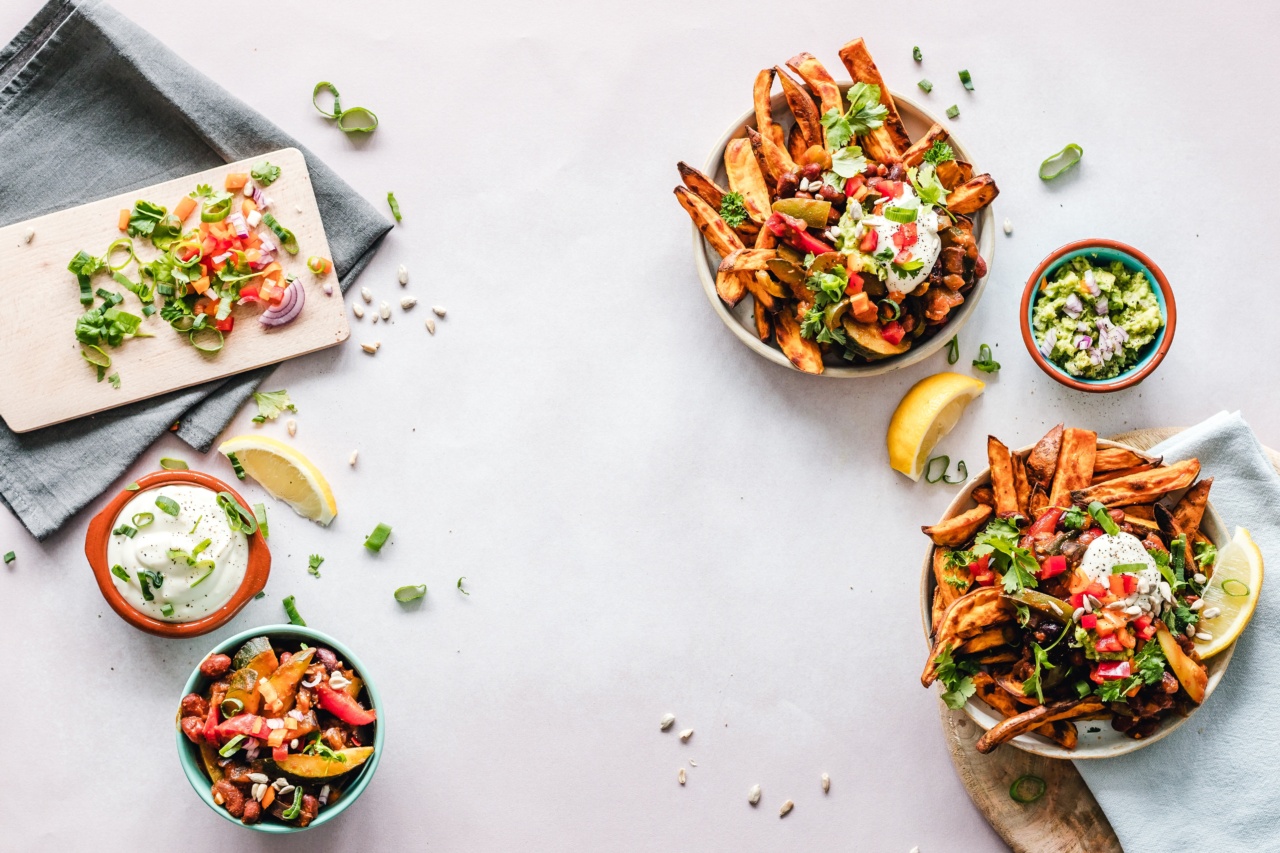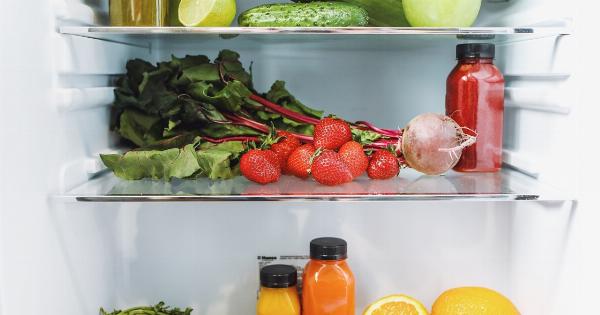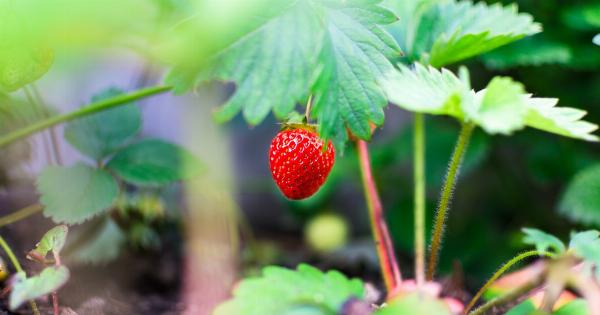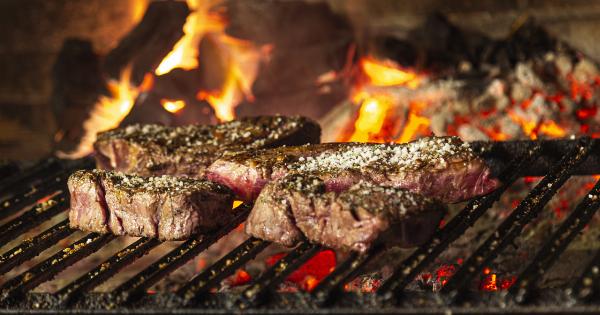Food wastage has become a major concern around the globe today. You may have been in a situation where a specific food item crossed the expiration date, and you are in doubt about consuming it.
It’s worth noting that many foods remain safe to consume beyond their expiration date. Various factors can determine whether a food item is still good to eat, such as the method of storing and other packaging considerations.
Here are the top seven foods you thought had expired but are still safe to consume:.
1. Yogurt
Yogurt is one of the most common foods that may seem inedible if past the expiration date. The date on the package indicates the last date for peak flavor and freshness rather than an expiration date.
Unopened yogurt can remain fresh for one to two weeks beyond the indicated date, while opened yogurt remains safe to eat for five to seven days when stored correctly in the refrigerator. When checking if yogurt is still suitable for consumption, look for any evident signs of mold, sour smell, or formation of colored water.
2. Eggs
Eggs are a staple food in most households worldwide. They are a rich source of protein with a reasonable shelf life if stored correctly. Most egg varieties come with around a thirty-day recommended best-use-by date.
However, eggs can remain safe and edible for two to three weeks more if stored in the refrigerator. It’s worth noting that eggs stored in a carton remain fresher than those left in an egg holder. To check if eggs are safe to consume after the recommended date, place them in a bowl of water.
If they sink, they are still good to eat, but if they float, they have gone bad and need disposal.
3. Breads
Bread is another frequently thrown-out food item that is still consumable beyond its expiration date. Most bread varieties labeled with a “best before” date become hard and stale over time rather than unhealthy.
Consuming bread beyond the recommended date is safe as long as it doesn’t have any visible mold formation. Bread can also be frozen and stored for extended periods and still remain safe to consume after reheating.
4. Canned Foods
Many canned foods have an extended shelf life due to the way they are processed during production. While canned foods can last longer than their labels indicate, it’s crucial to check the can’s condition before using.
Dented, bulging, or leaking cans are defective and should be avoided. When storing canned foods, it’s advisable to keep them in cool, dark, and dry spaces, and once opened, they can last for up to five days in the refrigerator.
5. Chocolate
Chocolate is a favorite indulgence globally and often tossed out when it seems past its prime. It’s worth noting that chocolate has a longer shelf life than most people think.
The storage conditions of the chocolate products determine whether they remain safe to consume past the expiration date. Chocolate stored in cool, dry places without any moisture will remain safe to consume even months after the recommended date. It’s incredibly unusual for chocolate to grow mold, so if it looks and smells okay, it’s safe to eat.
6. Hard Cheese
Hard cheeses such as cheddar, Monterrey Jack, and Parmesan have a longer shelf life than soft cheese varieties. Most hard cheeses continue to harden when stored for extended periods, while others experience a change in flavor.
Hard cheeses stored in airtight spaces such as ziplock bags, inside a sealed container or wax paper can remain safe to consume months after the labeled date.
7. Vinegar
Vinegar is an essential ingredient in most recipes, and it can last for an extended period beyond its labeled expiration date.
Vinegar products such as balsamic, apple cider or red wine vinegar, can last indefinitely, provided they are kept in proper storage conditions. Vinegar should be kept in a cool and dark space such as the pantry and should be away from direct sunlight. When storing vinegar, consider resealing any opened containers to prevent bacterial contamination from open-air exposure.
Conclusion
Most people throw out food items that are still safe to eat due to a lack of awareness on when they have actually gone bad. Understanding how to store and preserve food items can help reduce food waste and save money.
As a general rule, it’s essential to check the appearance, smell, and packaging condition of food items before eating.





























